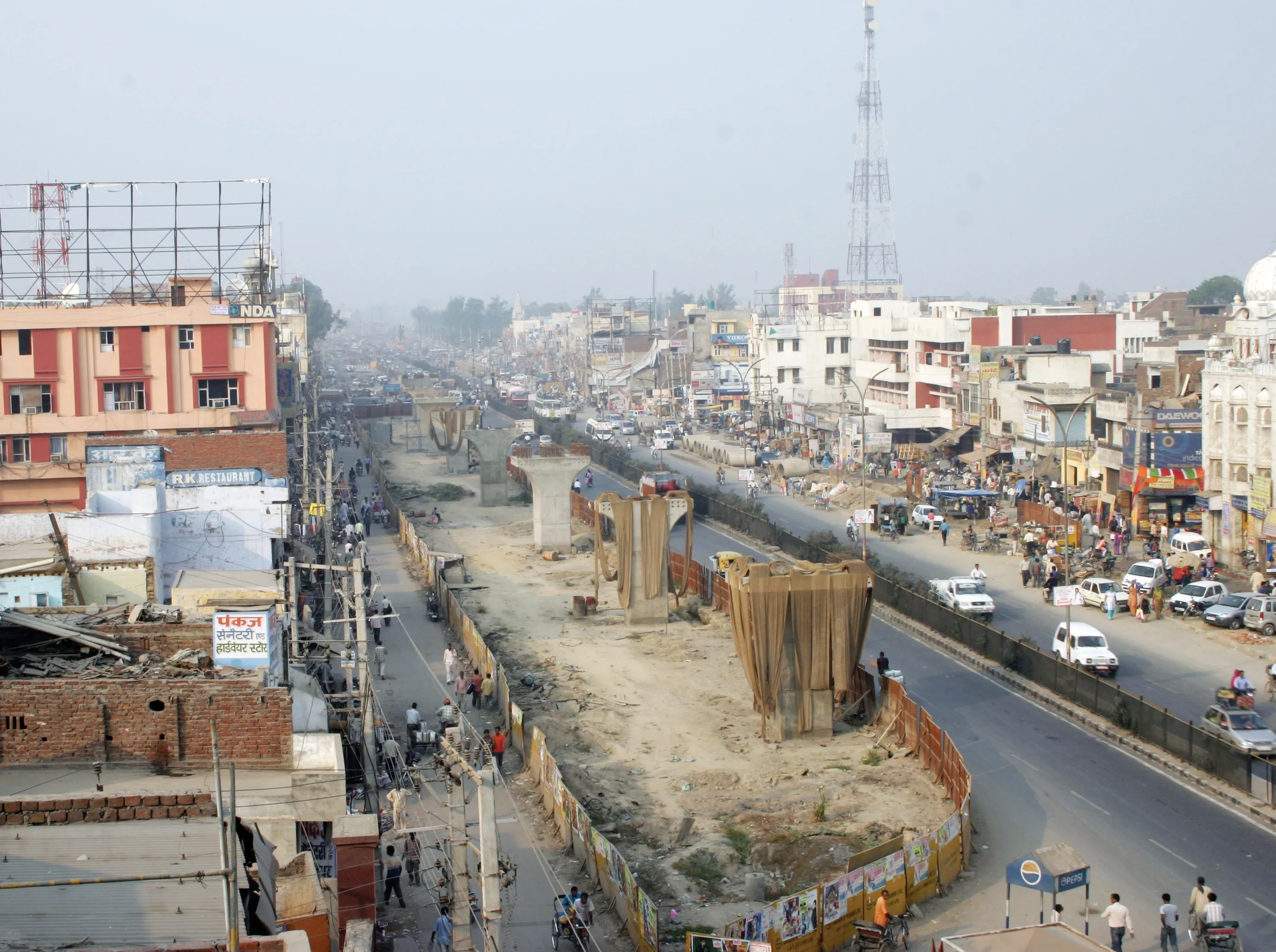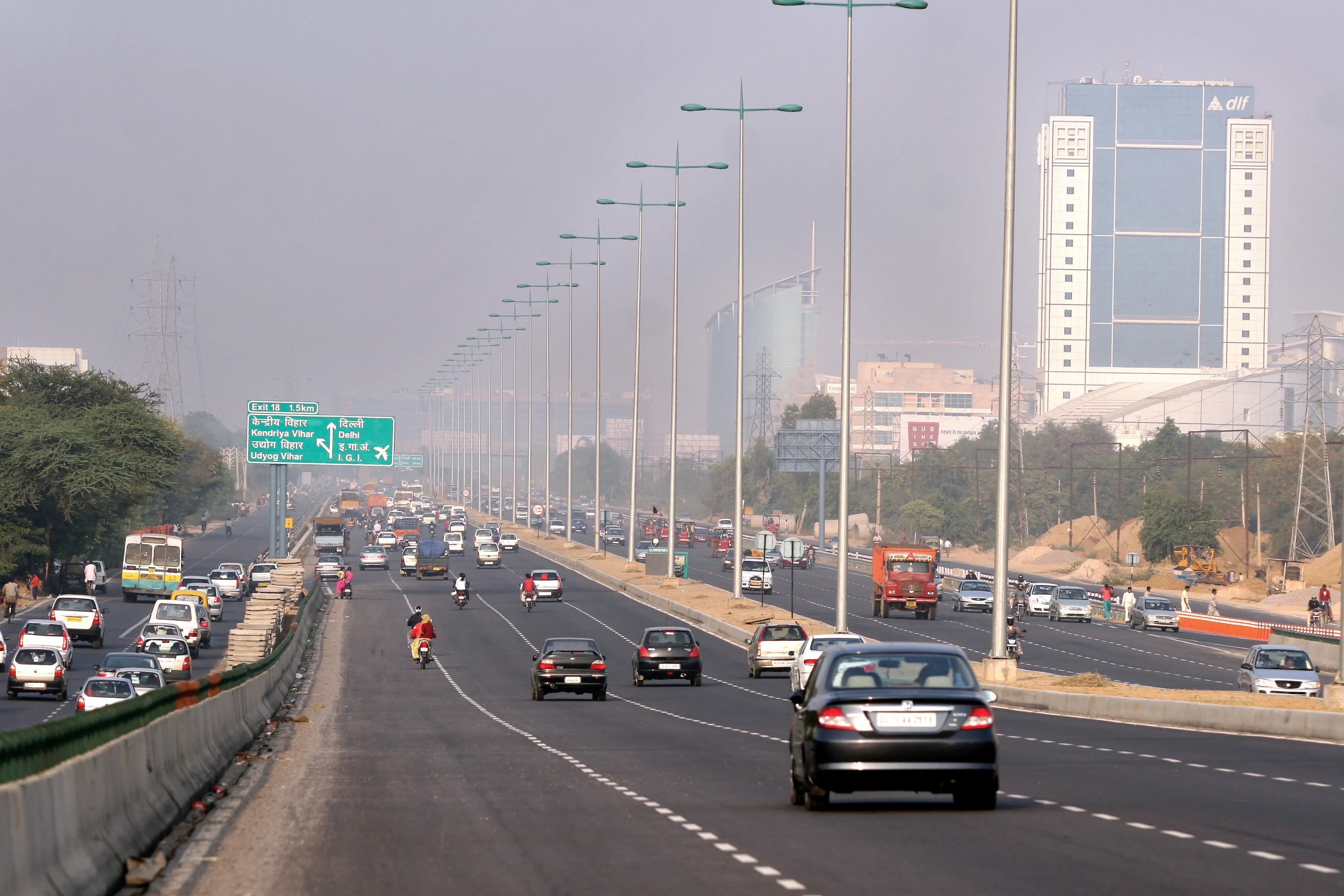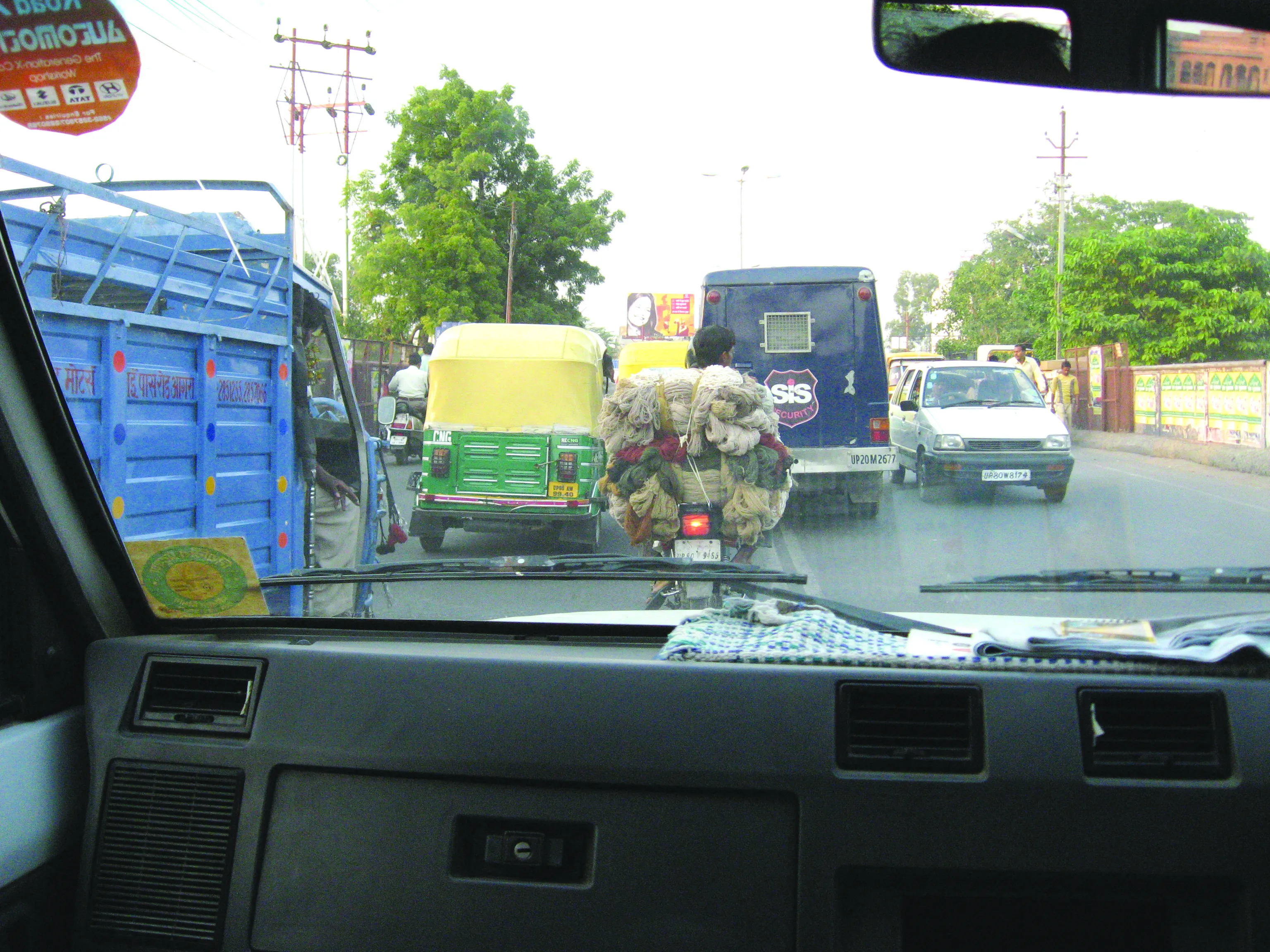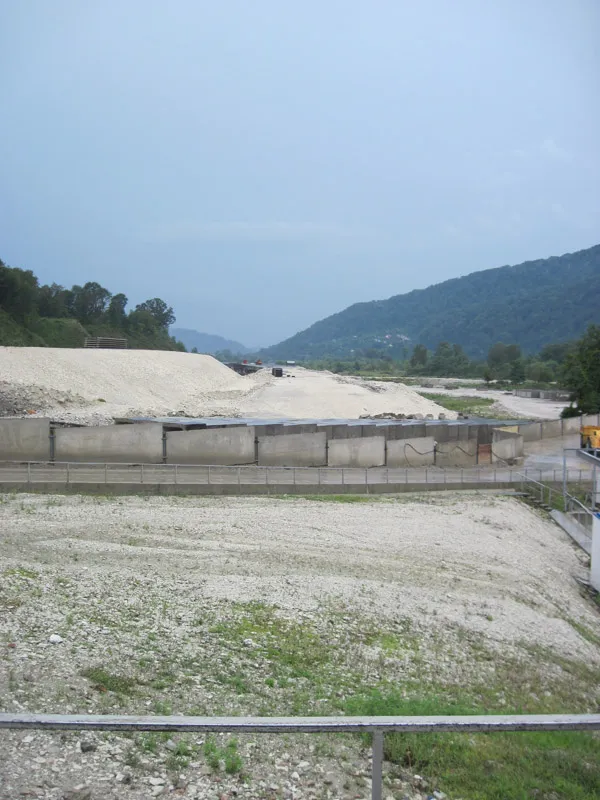Superlatives, once applied only to China's phenomenal growth, are now being used for India. Patrick Smith reports
Those involved with the Naini Bridge in Allahabad are so proud of the result that they have set up an exhibition centre detailing its construction.
April 16, 2012
Read time: 4 mins

Superlatives, once applied only to China's phenomenal growth, are now being used for India. Patrick Smith reports
Those involved with the Naini Bridge in Allahabad are so proud of the result that they have set up an exhibition centre detailing its construction.Arriving in the Indian city late at night after visiting massive highway projects throughout the country, it is not difficult to see why. The brightly lit cable stay structure seems to encapsulate the nation's aspirations of a world class highway system.
The centre had only been open for a few days, and such was the interest in my visit that I was asked to sign the visitors' book: the first person to do so.
It seems hard to believe that only a few years ago India was barely mentioned as other countries in Asia rolled out plans to spend billions on new highways.
Today it boasts the world's largest highway construction programme and a growth rate nearing double digits. Indeed, it has been estimated that the Indian economy could well pass that of France and the UK in size in the next five years.
India is a country in transition. Look at China ten years ago and you look at India today: bustling, ambitious, inventive, creative, and becoming economically prosperous.
A vision of how things should be is being turned into reality in a country of more than 1 billion people.
And, while in some quarters there is impatience that things are not moving even faster, the
After all, roads carry 85% of passenger and 70% of freight traffic. The national highways constitute only 2% of India's 3.3 million km of roads (2.65 million km are rural), yet carry almost 40% of traffic.
The Naini Bridge and other projects, including the Allahabad Bypass (see next issue), along with the Panipat Elevated Corridor and Vivekanada Bridge in Kolkata (see separate stories), are examples of what is being done under the NHDP. Through various phases it plans to progressively upgrade highways (from two to four lanes and from four to six lanes, and even eight in some places).
The aptly named, nearly completed, 5,453km Golden Quadrilateral links India's four major cities of Delhi, Kolkata, Chennai, and Mumbai, the nation's main port.
The North-South Corridor will connect Srinigar in Kashmir with Kanniakumari in Tamil Nadu, and the East-West Corridor will link Silchar in Assam with Mahatma Ghandi's birthplace, the port town of Porbandar in Gujarat. The corridors will cover some 7,300km, and at the end of October 2006, 840km had been completed with more than 5,000km under construction and 1,300km awaiting award.
Under NHDP Phase III, the development of 11,530km has been initiated, with the stretches identified on the basis of high traffic density, connectivity to state capitals with NHDP and connectivity to important centres of tourism (a rapidly growing industry) and economic activity. It is envisaged that the project will be implemented on a Public Private Partnership (PPP) basis. Another area of high importance is improving connectivity to ten major ports.
While land acquisition for projects can take up to a year or more, as can permission to remove tress in the path of highways (they have to be replaced elsewhere, sometimes ten-fold), the government points out the enormous opportunities for engineering companies, civil works contractors, professionals and construction equipment manufacturers worldwide.
Indeed, the
"Almost all future projects will be in the BOT mode," says the government.








